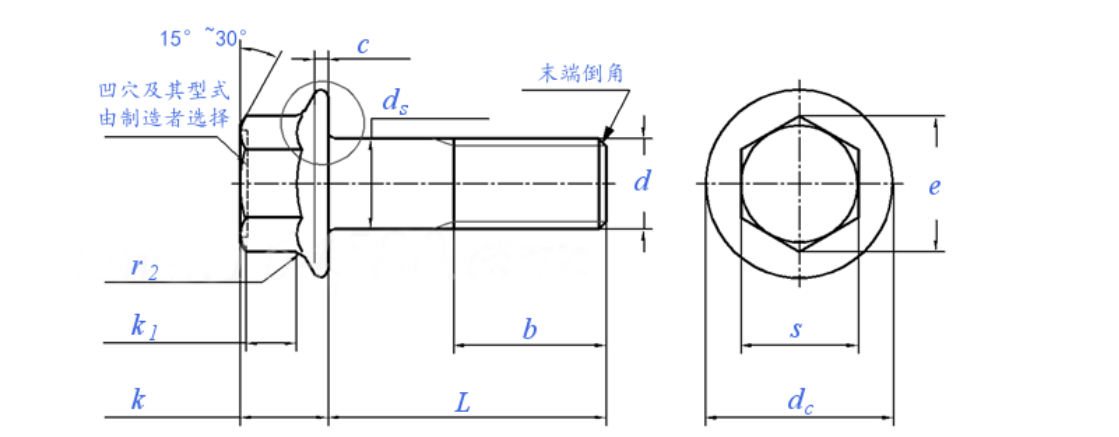Understanding the Benefits of Concrete Epoxy Anchor Bolts for Structural Stability
Dis . 01, 2024 18:44 Back to list
Understanding the Benefits of Concrete Epoxy Anchor Bolts for Structural Stability
Understanding Concrete Epoxy Anchor Bolts
Concrete epoxy anchor bolts are essential components in construction and engineering, designed to secure structures and heavy equipment to concrete surfaces. Their reliability and strength stem from the unique properties of epoxy and the specific design of anchor bolts, making them a preferred choice in many industrial, commercial, and residential applications.
What Are Epoxy Anchor Bolts?
Epoxy anchor bolts consist of a steel bolt coated or bonded with an epoxy material, which enhances their adhesion to concrete. The epoxy serves as a resin that, when cured, creates a robust bond with the concrete, offering exceptional resistance to various stresses and environmental conditions. Epoxy itself is a thermosetting polymer which, when mixed with a hardening agent, forms a strong and durable material.
Benefits of Using Epoxy Anchor Bolts
1. High Load Capacity One of the standout features of epoxy anchor bolts is their ability to bear significant loads. This makes them suitable for securing heavy machinery, structural components, and frameworks that require stable anchorage.
2. Corrosion Resistance Unlike traditional metal anchors, epoxy-coated bolts resist corrosion effectively, especially in harsh environmental conditions. This property extends the longevity of the anchor and reduces the need for frequent replacements or repairs.
3. Versatility These anchor bolts can be used in various applications, including residential construction, commercial installations, and industrial settings. Their adaptability allows for use in different types of projects, ranging from securing railings to anchoring large steel frameworks.
4. Ease of Installation Epoxy anchor bolts are relatively easy to install. The installation process typically involves drilling a hole in the concrete, cleaning it, and then injecting the epoxy before inserting the bolt. This simplicity not only saves time but also minimizes labor costs.
5. Resistance to Vibration Many industrial applications involve machinery that generates vibrations. Epoxy anchor bolts can withstand these vibrations better than other types of anchors, ensuring that the connections remain stable over time.
6. Environmental Compatibility With increasing regulations on construction materials, epoxy anchor bolts comply with various environmental standards, helping to reduce the overall carbon footprint of construction projects.
concrete epoxy anchor bolts

Installation Process
The installation of concrete epoxy anchor bolts requires careful planning to ensure structural integrity
. Here are the general steps1. Select the Right Bolt Choose the appropriate size and type of epoxy anchor bolt based on the load requirements and the specifics of the project.
2. Drill the Hole Use a hammer drill to create a hole in the concrete, ensuring the diameter and depth match the specifications of the chosen anchor.
3. Clean the Hole Remove dust and debris from the drilled hole to ensure maximum adhesion of the epoxy.
4. Inject Epoxy Following the manufacturer’s instructions, inject the epoxy resin into the hole, ensuring even distribution.
5. Insert the Bolt Place the bolt into the hole filled with epoxy. Rotate it slightly to ensure complete coverage with the resin.
6. Curing Time Allow the epoxy to cure fully as specified by the manufacturer before applying any loads to ensure the bond has reached maximum strength.
Conclusion
Concrete epoxy anchor bolts offer outstanding performance and longevity in anchoring applications. Their unique characteristics, including high load capacity, corrosion resistance, and ease of installation, make them an invaluable choice in various sectors. As construction practices evolve and the demand for durable, reliable anchoring solutions increases, epoxy anchor bolts are well-positioned to meet these needs, providing a reliable foundation for structures across the globe. Whether in commercial enterprises or residential projects, these anchor bolts ensure that safety and stability are paramount considerations in every build.
Latest news
-
Top Metric Wood Screw Companies – Reliable Manufacturer & Exporter
NewsJul.28,2025
-
Reliable Cabinet Bolts Supplier – Quality Fasteners for Cabinets
NewsJul.27,2025
-
Premium Phosphated Drywall Screws Supplier & Manufacturer Solutions
NewsJul.26,2025
-
Top Metric Wood Screw Companies – Reliable Manufacturer & Supplier
NewsJul.25,2025
-
Reliable Axle Nuts Supplier - Quality Manufacturing & Export Services
NewsJul.24,2025
-
Top Wire Bolts Suppliers & Exporters - Quality Fasteners Factory
NewsJul.23,2025
